Friederike Laus
Generative AI Models: Opportunities and Risks for Industry and Authorities
Jun 07, 2024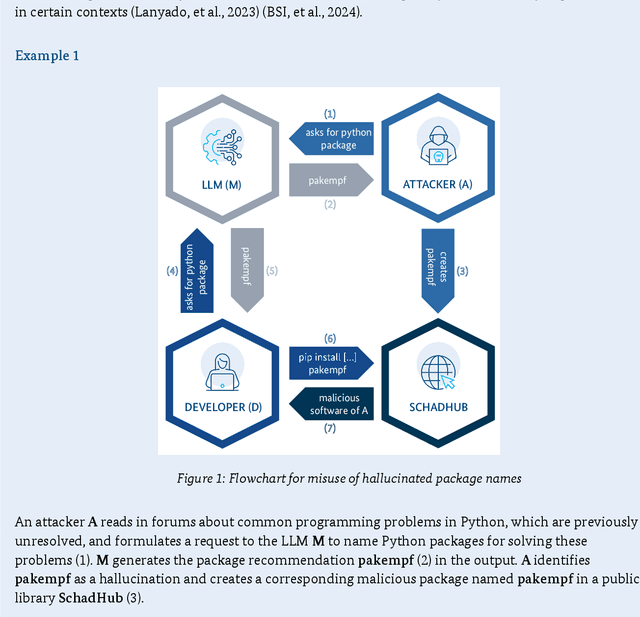
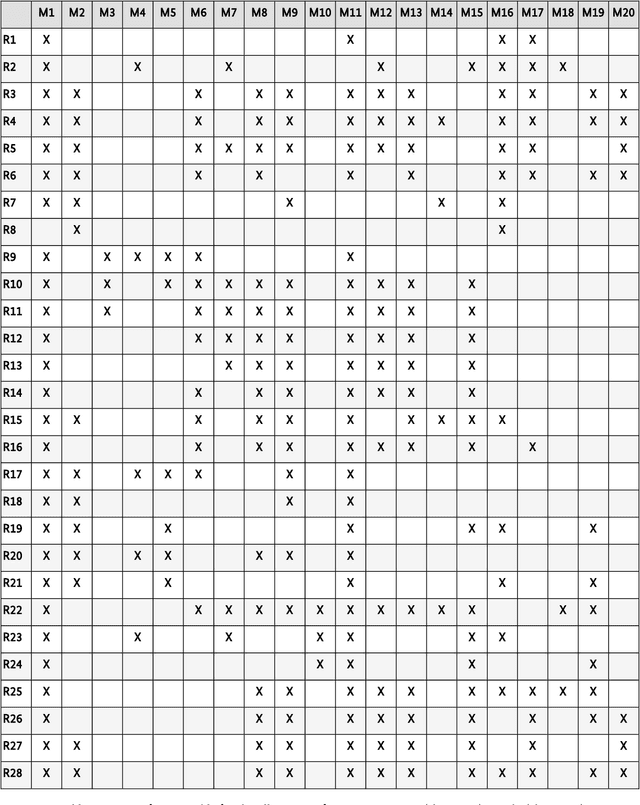
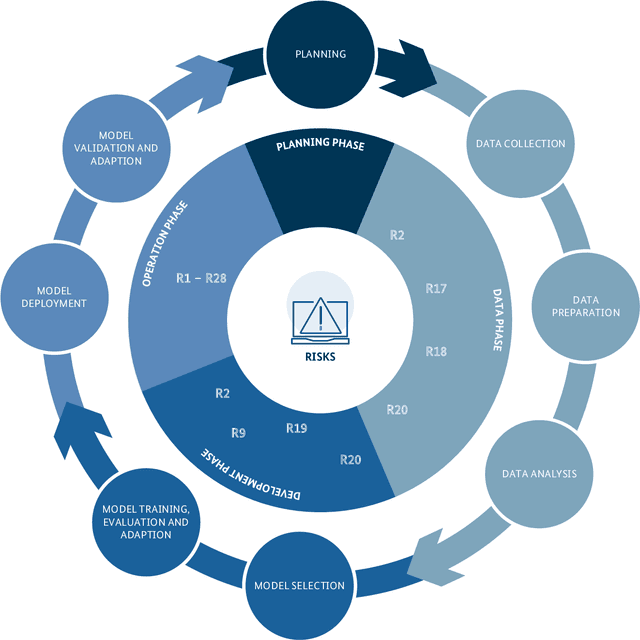
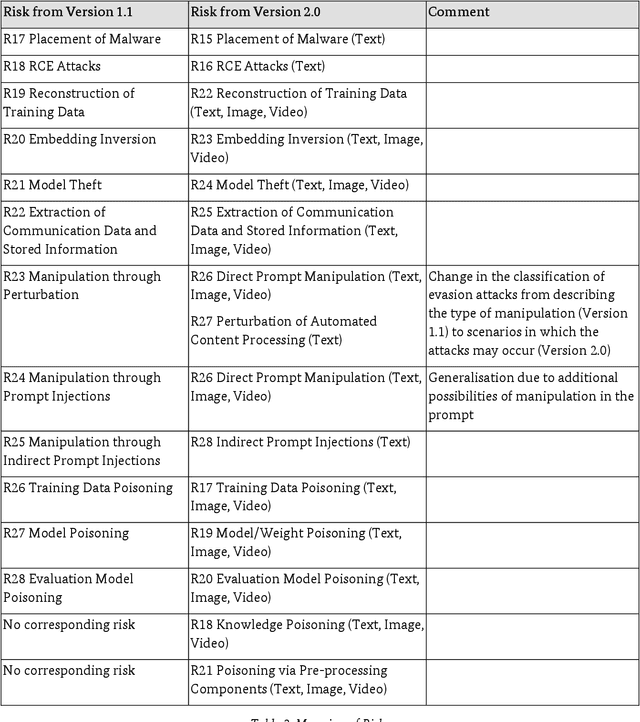
Abstract:Generative AI models are capable of performing a wide range of tasks that traditionally require creativity and human understanding. They learn patterns from existing data during training and can subsequently generate new content such as texts, images, and music that follow these patterns. Due to their versatility and generally high-quality results, they, on the one hand, represent an opportunity for digitalization. On the other hand, the use of generative AI models introduces novel IT security risks that need to be considered for a comprehensive analysis of the threat landscape in relation to IT security. In response to this risk potential, companies or authorities using them should conduct an individual risk analysis before integrating generative AI into their workflows. The same applies to developers and operators, as many risks in the context of generative AI have to be taken into account at the time of development or can only be influenced by the operating company. Based on this, existing security measures can be adjusted, and additional measures can be taken.
A Nonlocal Denoising Algorithm for Manifold-Valued Images Using Second Order Statistics
Dec 12, 2016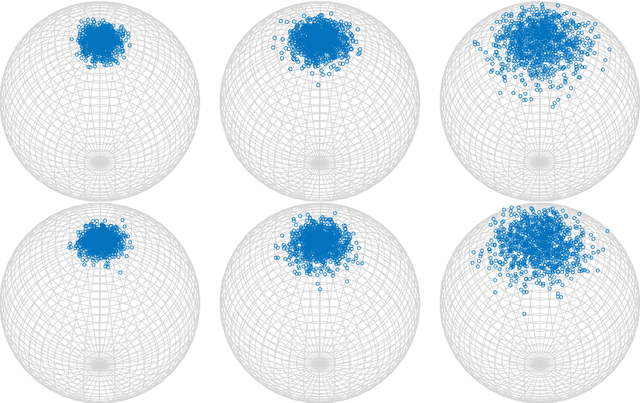
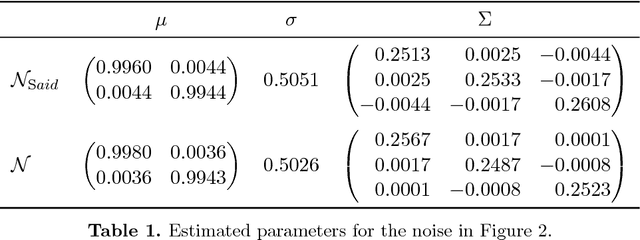
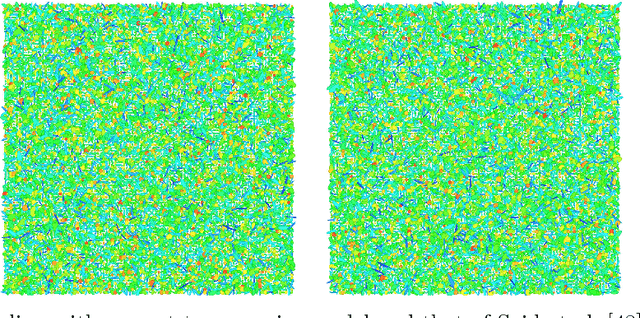
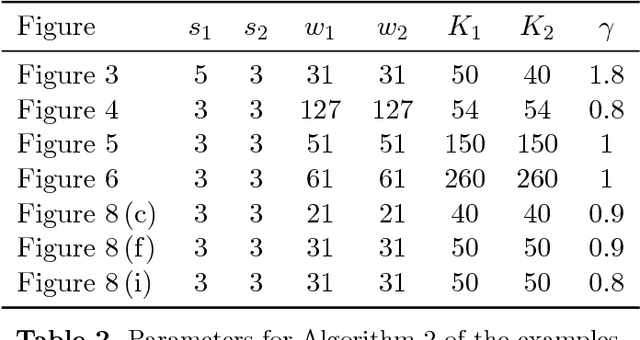
Abstract:Nonlocal patch-based methods, in particular the Bayes' approach of Lebrun, Buades and Morel (2013), are considered as state-of-the-art methods for denoising (color) images corrupted by white Gaussian noise of moderate variance. This paper is the first attempt to generalize this technique to manifold-valued images. Such images, for example images with phase or directional entries or with values in the manifold of symmetric positive definite matrices, are frequently encountered in real-world applications. Generalizing the normal law to manifolds is not canonical and different attempts have been considered. Here we focus on a straightforward intrinsic model and discuss the relation to other approaches for specific manifolds. We reinterpret the Bayesian approach of Lebrun et al. (2013) in terms of minimum mean squared error estimation, which motivates our definition of a corresponding estimator on the manifold. With this estimator at hand we present a nonlocal patch-based method for the restoration of manifold-valued images. Various proof of concept examples demonstrate the potential of the proposed algorithm.
 Add to Chrome
Add to Chrome Add to Firefox
Add to Firefox Add to Edge
Add to Edge